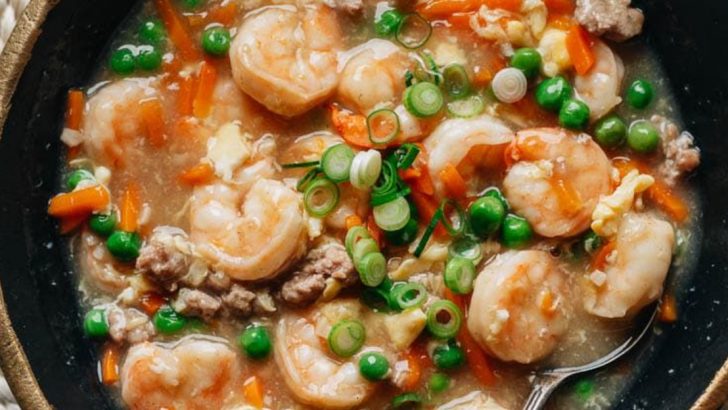When you order your favorite Chinese takeout, you might be surprised to learn many beloved dishes were actually created right here in America. Chinese immigrants adapted their cooking to local ingredients and American tastes, creating an entirely new cuisine.
These delicious inventions reflect a fascinating cultural fusion that’s become a staple in American dining.
1. General Tso’s Chicken
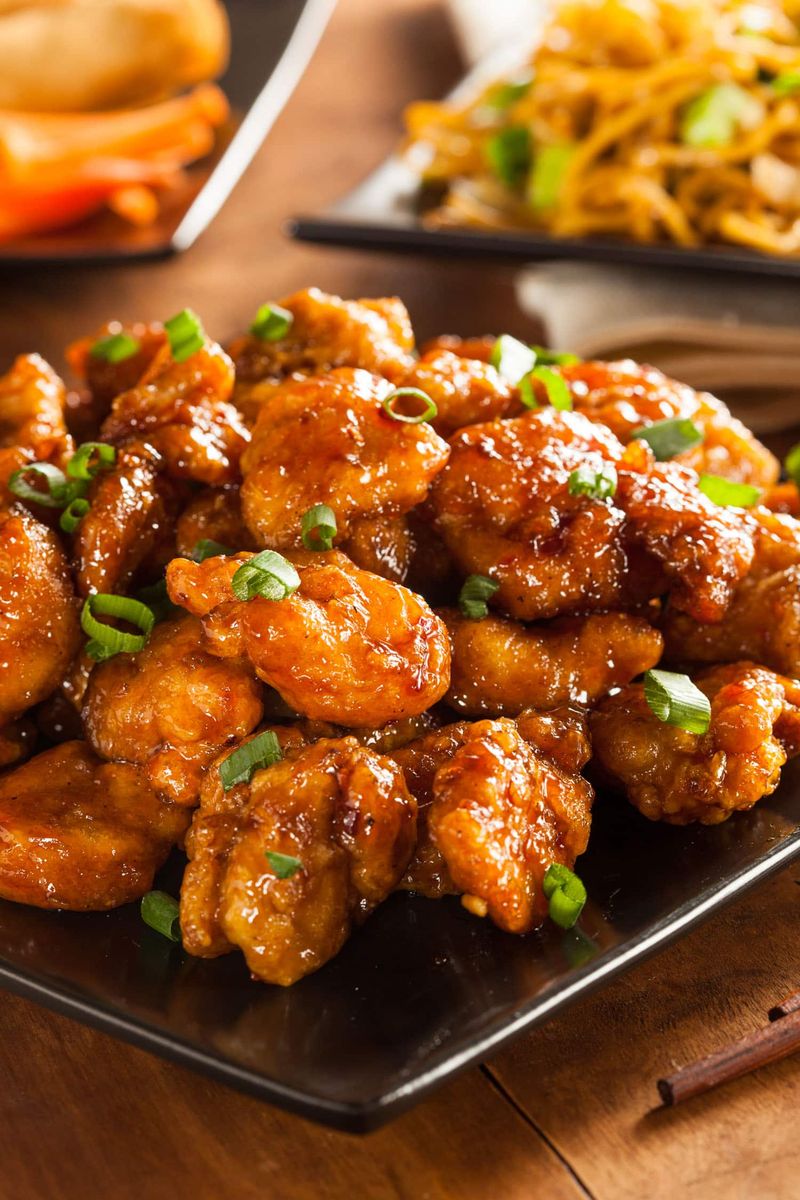
This sweet-spicy crispy chicken dish was likely invented in 1970s New York by a Taiwanese chef. Named after a Chinese military hero, the dish bears little resemblance to anything from General Tso’s home province.
The real General Tso probably never tasted anything remotely like this sticky, deep-fried creation!
2. Crab Rangoon
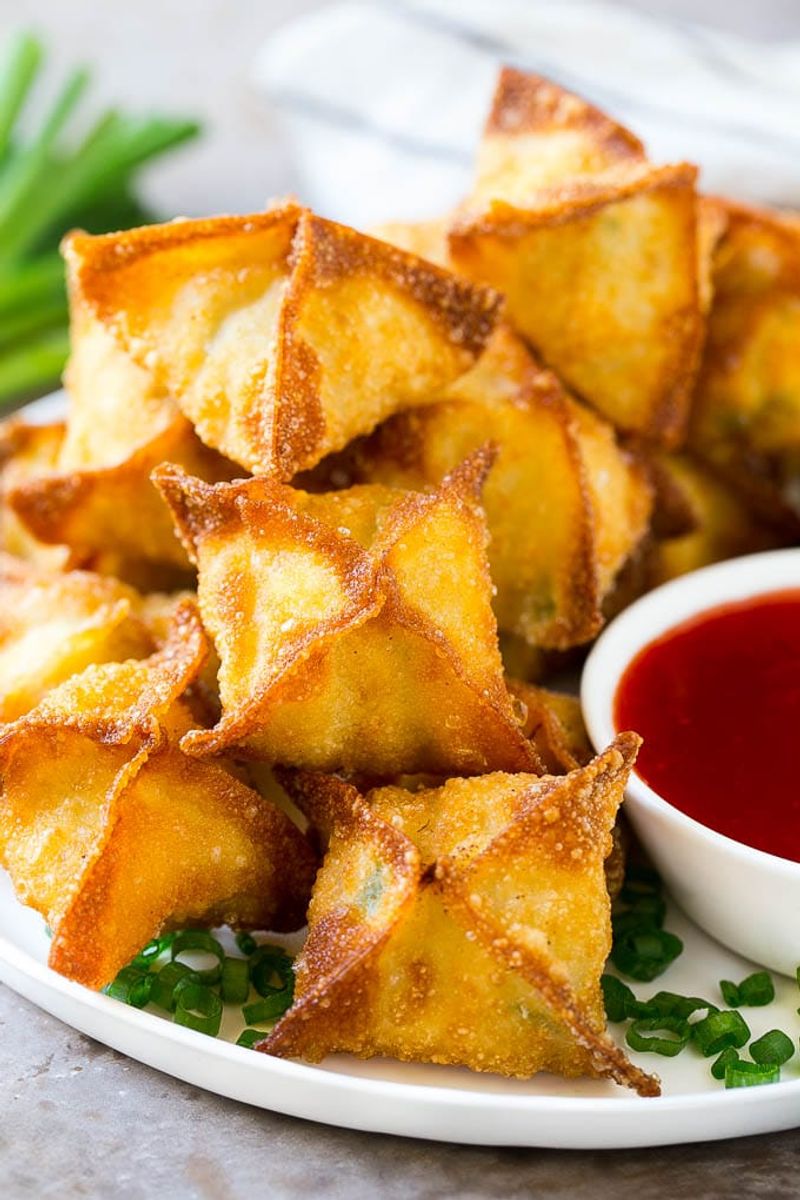
Cream cheese? In Chinese food? Absolutely not! These crispy wontons filled with cream cheese and crab (often imitation) are purely American inventions, possibly originating from Trader Vic’s tiki restaurants in the 1950s.
Most Chinese people would find the combination utterly baffling.
3. Fortune Cookies
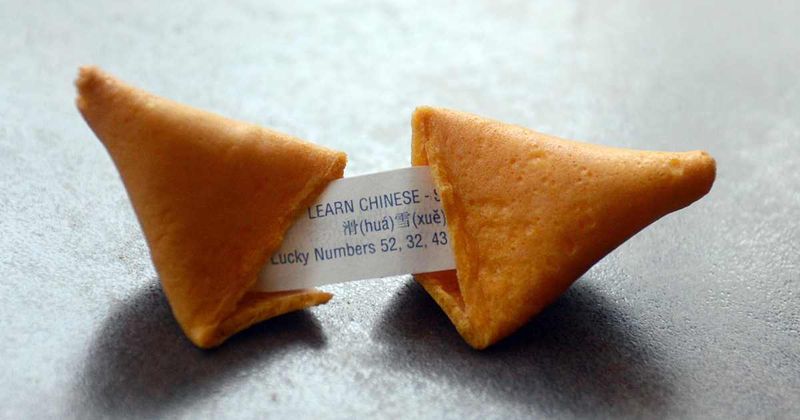
Surprise! These after-dinner prophecies aren’t Chinese at all. Japanese immigrants in California likely created them, but they became associated with Chinese restaurants during WWII when Japanese Americans faced internment.
Visit China and order dessert—you’ll never find these cryptic treats.
4. Orange Chicken
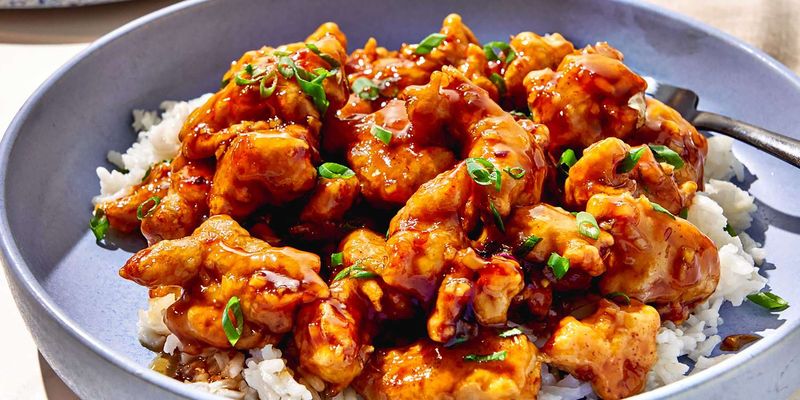
Born in the kitchens of Panda Express in 1987, this sticky-sweet citrus chicken has zero authentic Chinese roots. Chef Andy Kao created it as an adaptation of flavors that would appeal to American palates.
The bright orange sauce and sugary profile would bewilder most Chinese diners.
5. Chop Suey
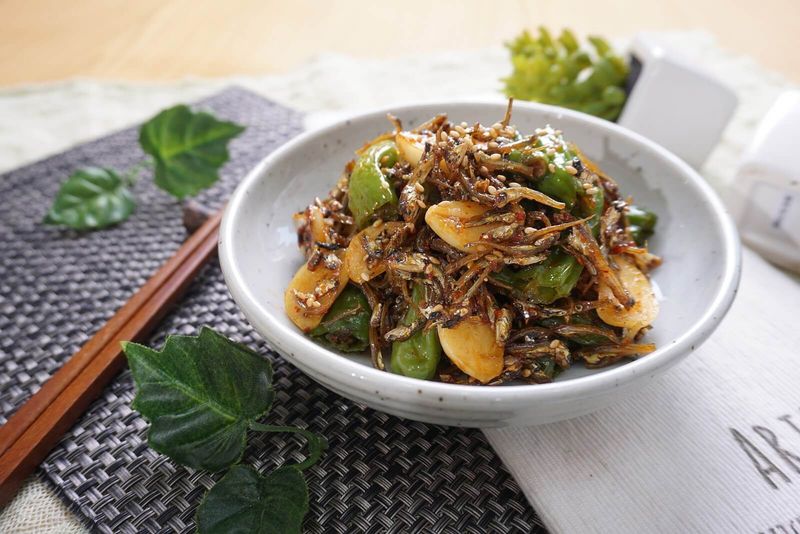
Legend has it that a Chinese cook in San Francisco whipped this up from leftovers for hungry miners during the Gold Rush. The name roughly translates to “odds and ends” in Cantonese.
While stir-fries exist in China, this particular jumble of meat and vegetables is distinctly American.
6. Egg Rolls
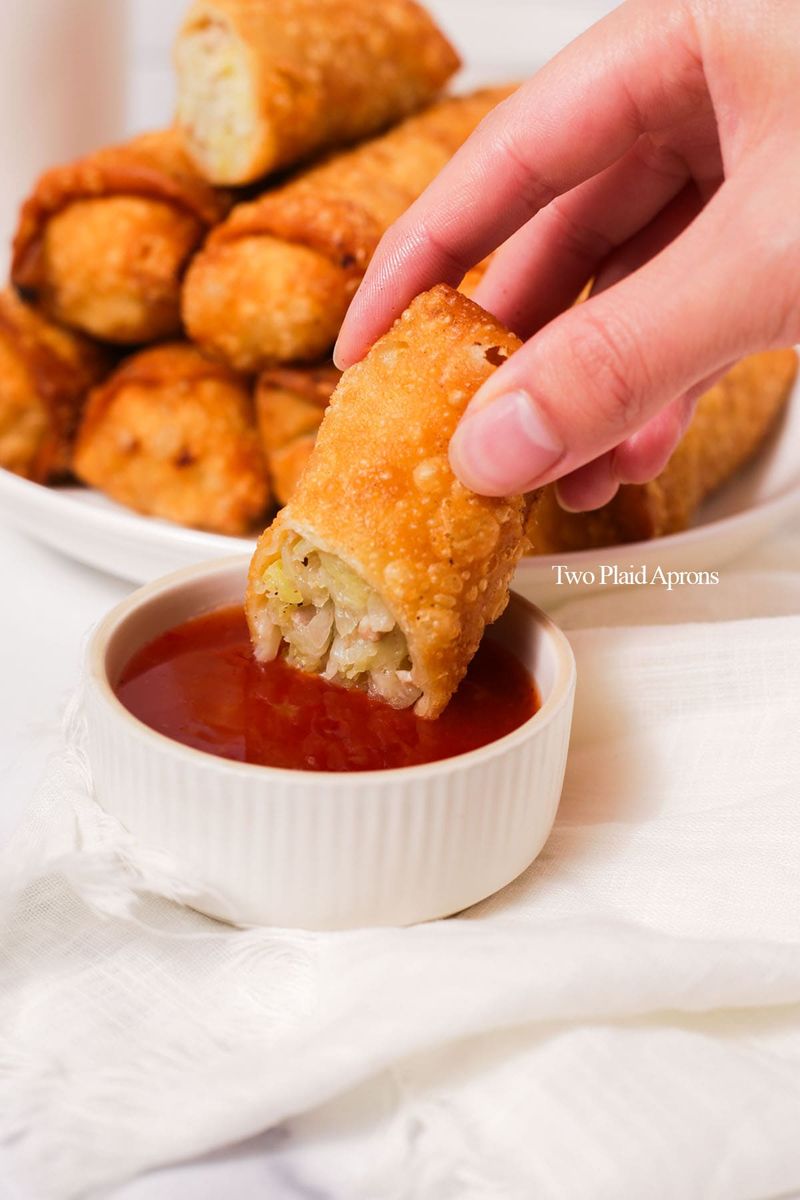
The massive, cabbage-stuffed cylinders served in American Chinese restaurants bear little resemblance to delicate Chinese spring rolls. These hefty deep-fried bundles were supersized for American appetites.
The thick, bubbly wrappers and hearty fillings are pure stateside innovation.
7. Sweet and Sour Chicken
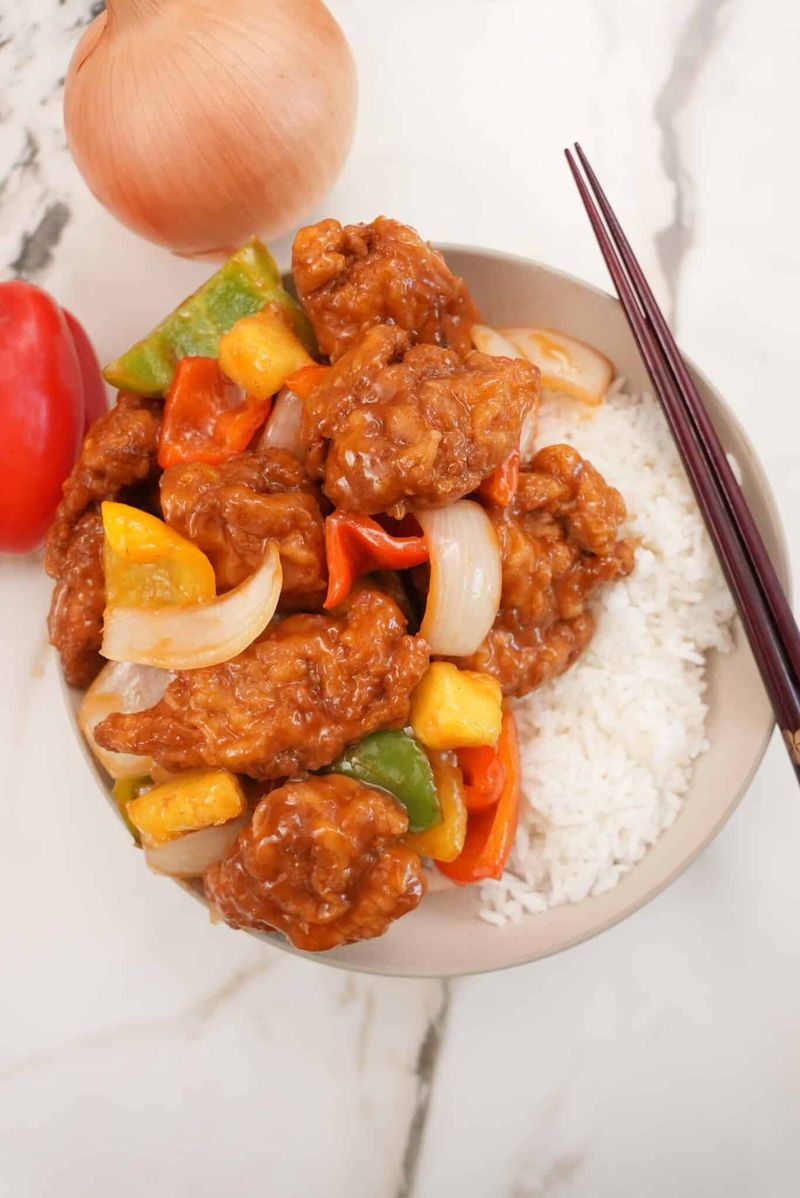
While sweet and sour flavors exist in authentic Chinese cuisine, the neon-red sauce coating battered chicken pieces is a purely American creation. Traditional Chinese versions are much more subtle and less sugary.
The radioactive color alone would be a dead giveaway in mainland China!
8. Beef and Broccoli
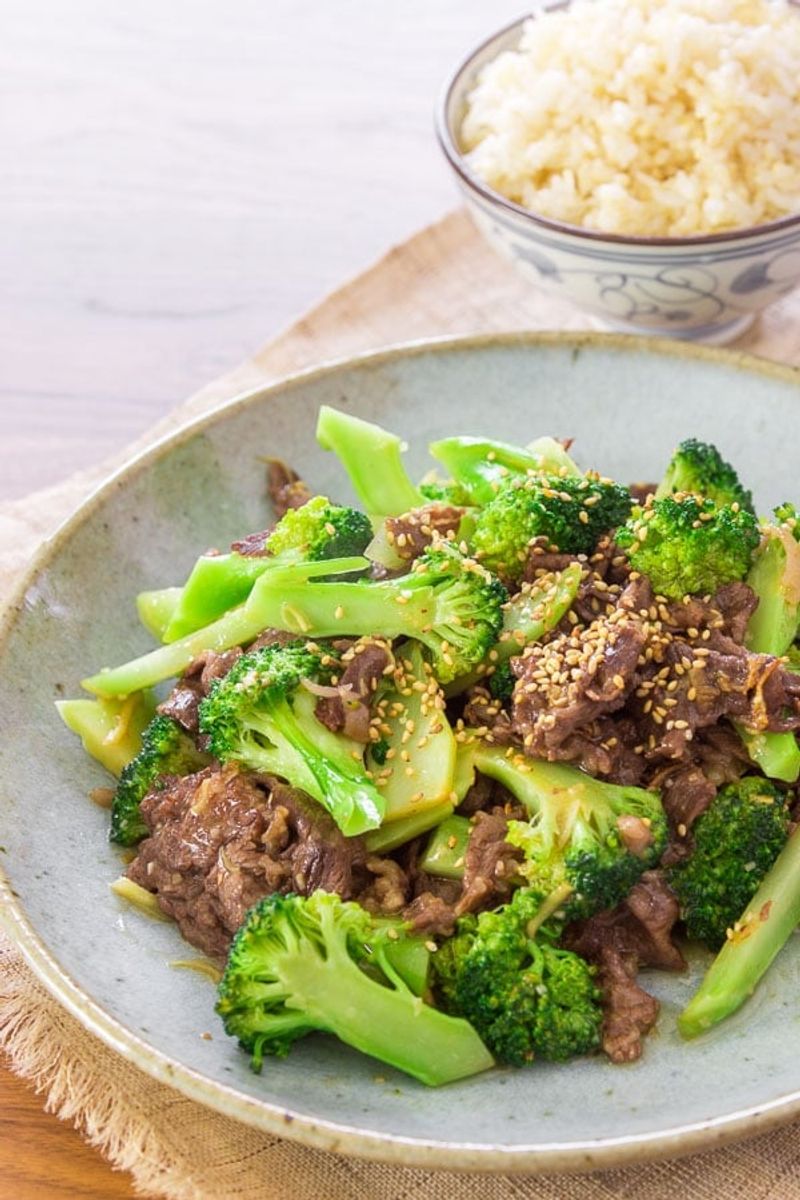
Western broccoli was virtually unknown in China until recent decades! This dish was created by Chinese immigrants using local ingredients they found in America.
In China, similar dishes might use Chinese broccoli (gai lan), which has a completely different appearance and flavor profile than the florets Americans know.
9. Lobster Sauce (without Lobster)
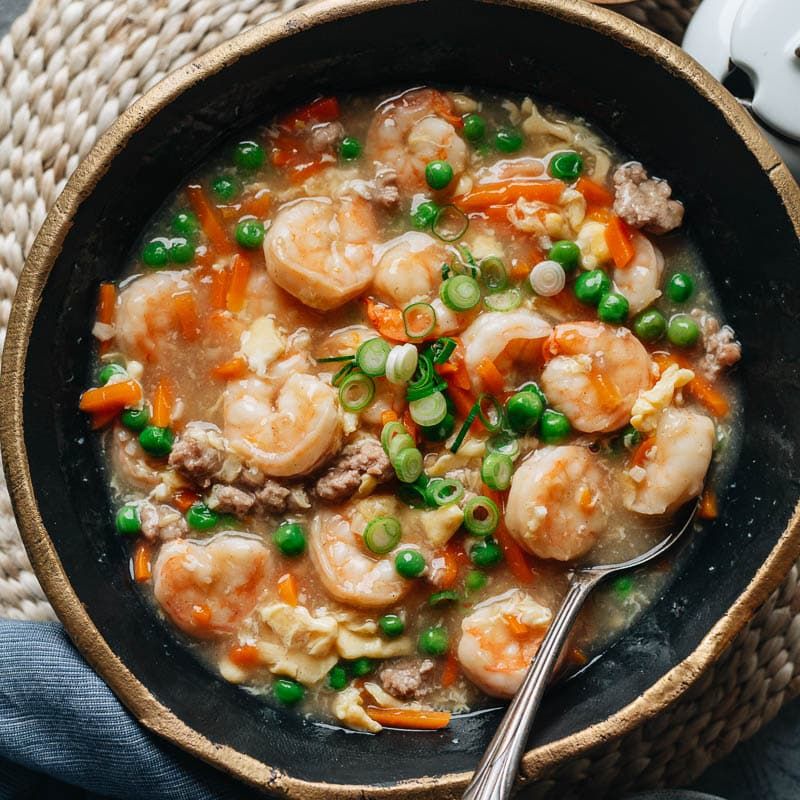
Plot twist: there’s no lobster in most restaurant versions of “lobster sauce”! This white, eggy sauce with ground pork got its name because it originally accompanied lobster in Cantonese cooking.
Americans loved the sauce so much it became its own dish, confusing generations of diners.
10. Moo Shu Pork With Pancakes
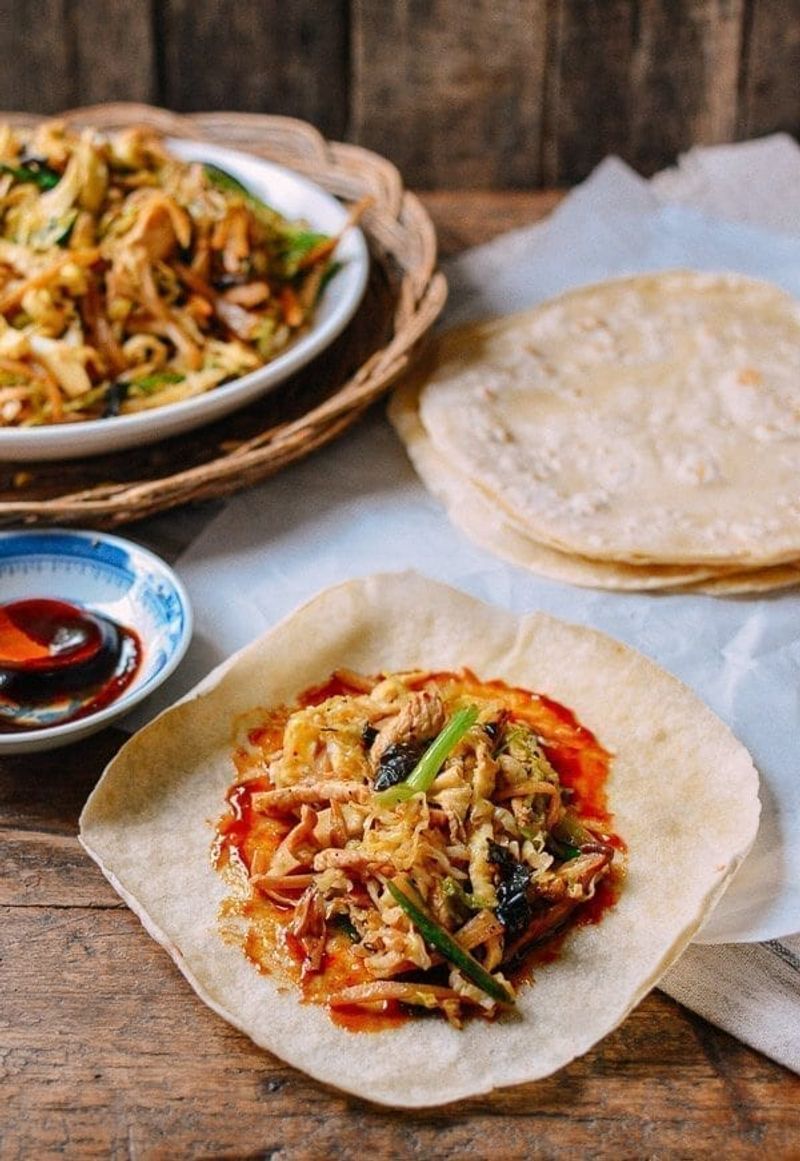
While a dish called moo shu pork exists in northern China, the American version with its pancake-rolling ritual and hoisin sauce is dramatically different. The stateside adaptation features more vegetables and a sweeter flavor profile.
The DIY assembly experience is pure American innovation.
11. Sesame Chicken
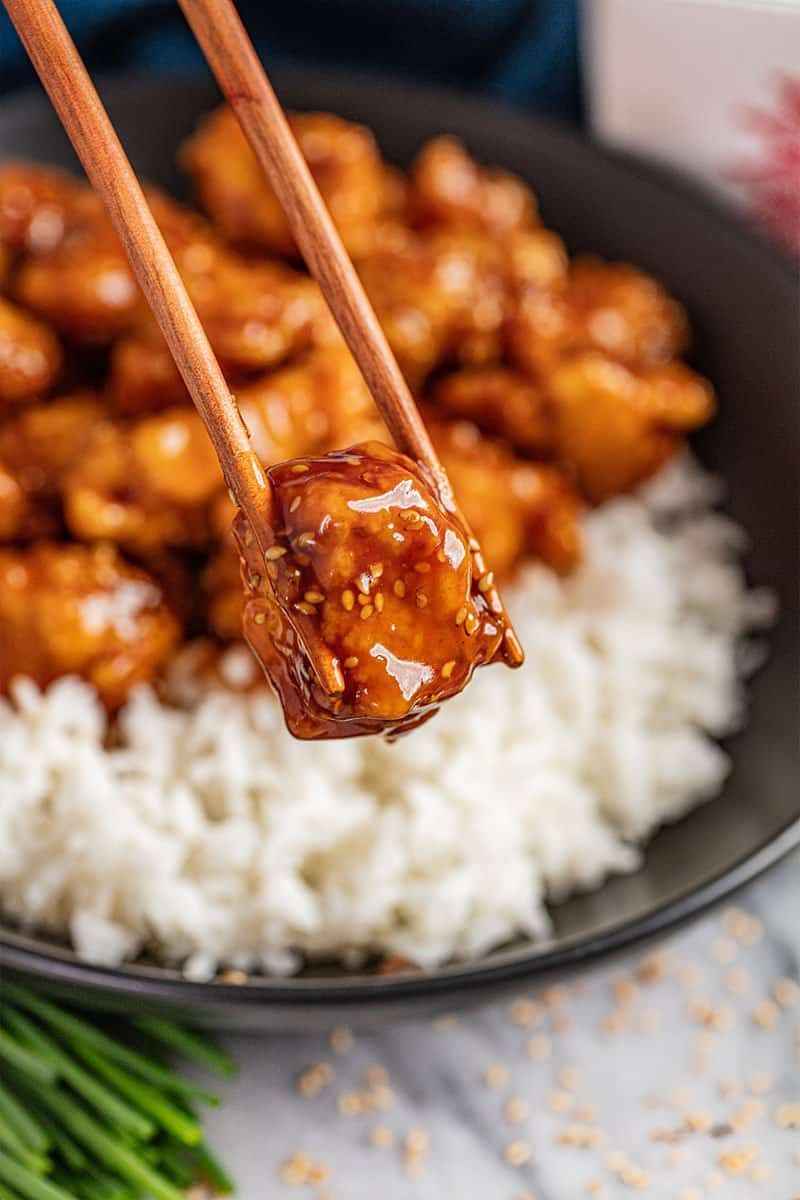
Cousin to General Tso’s, this honey-sweet, sesame-studded chicken creation is purely American. The combination of deep-fried meat, sugary glaze, and sesame seeds creates a textural experience unknown in traditional Chinese cooking.
You’ll search Beijing restaurants in vain looking for this takeout classic.
12. Mongolian Beef
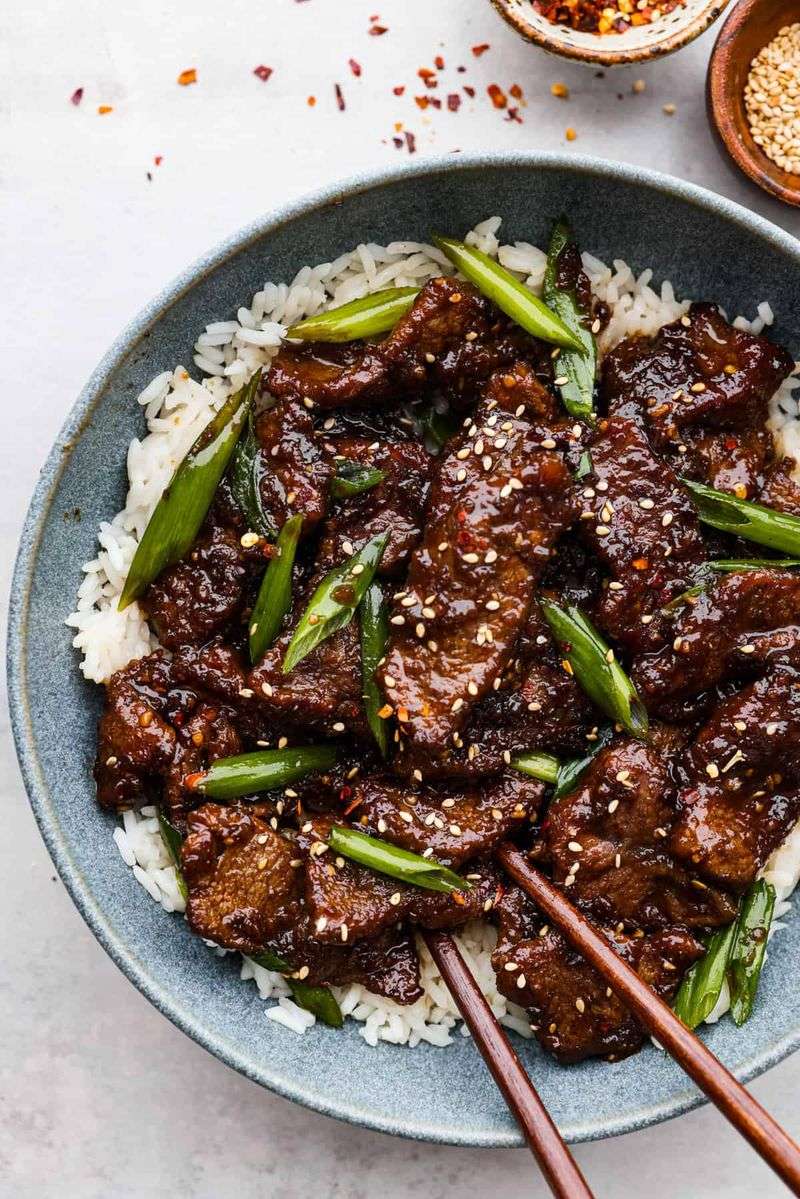
Neither Mongolian nor historically accurate, this creation has nothing to do with Mongolia! It was invented in Chinese American restaurants, featuring thinly sliced beef in a savory-sweet sauce with scallions.
Real Mongolian cuisine centers on dairy, mutton, and simple preparations—no sticky sauces in sight.
13. Crab Wontons
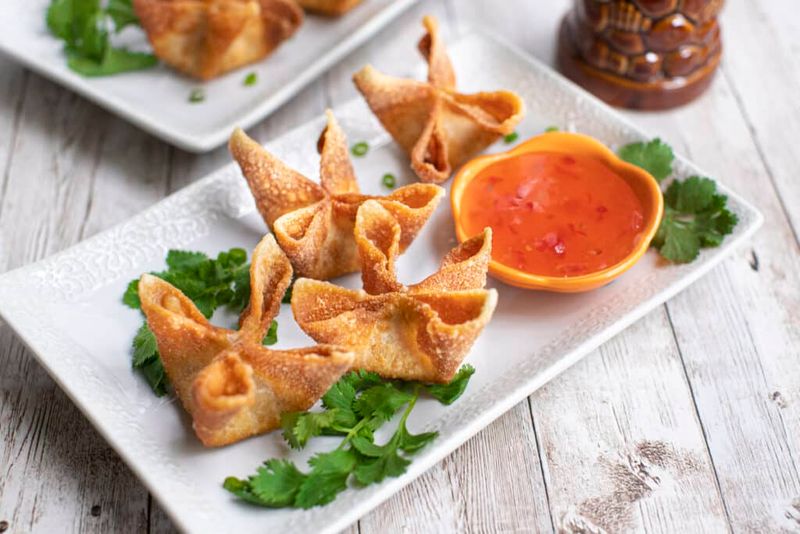
First cousins to Crab Rangoon, these fried parcels stuffed with fake crab and cream cheese would baffle diners in China. The combination of dairy and seafood rarely appears in authentic Chinese cuisine.
The crispy texture and creamy center represent pure American fusion innovation.
14. Egg Foo Young
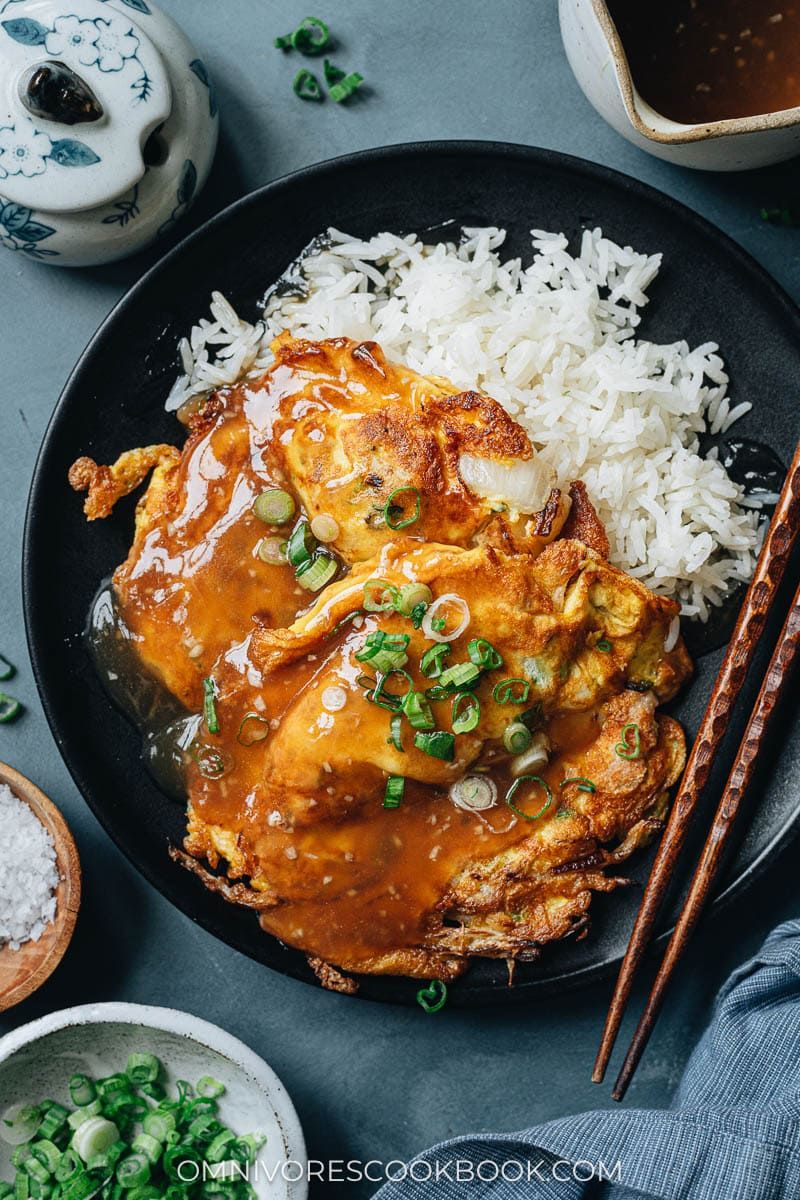
This Chinese-American egg patty drowning in brown gravy evolved from Cantonese egg dishes but took on a life of its own in America. The thick, cornstarch-thickened sauce is particularly American.
In China, egg dishes tend to be lighter and rarely come with heavy gravy boats!
15. Pupu Platter

This sampler of fried appetizers served on a lazy Susan with a flaming center has Polynesian roots, not Chinese ones! Chinese American restaurants adopted it during the mid-century tiki craze.
The name comes from the Hawaiian word for “appetizer,” making it doubly inauthentic to mainland China.
16. St. Paul Sandwich

A regional oddity from St. Louis (not St. Paul!), this sandwich stuffs an egg foo young patty between white bread with mayo, pickles, and lettuce. Chinese immigrants created it to appeal to American workers’ lunch preferences.
The concept of an egg patty sandwich would be completely foreign in China.
17. Cashew Chicken (Springfield-Style)

Springfield, Missouri’s claim to culinary fame! Chef David Leong created this dish in 1963, featuring breaded and deep-fried chicken chunks topped with oyster sauce and cashews.
Unlike stir-fried Chinese cashew dishes, this version’s preparation method and sauce consistency were designed specifically for Midwestern palates.

